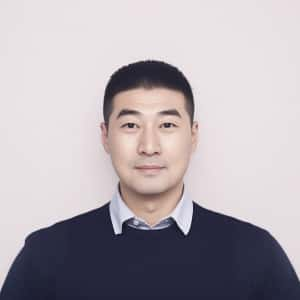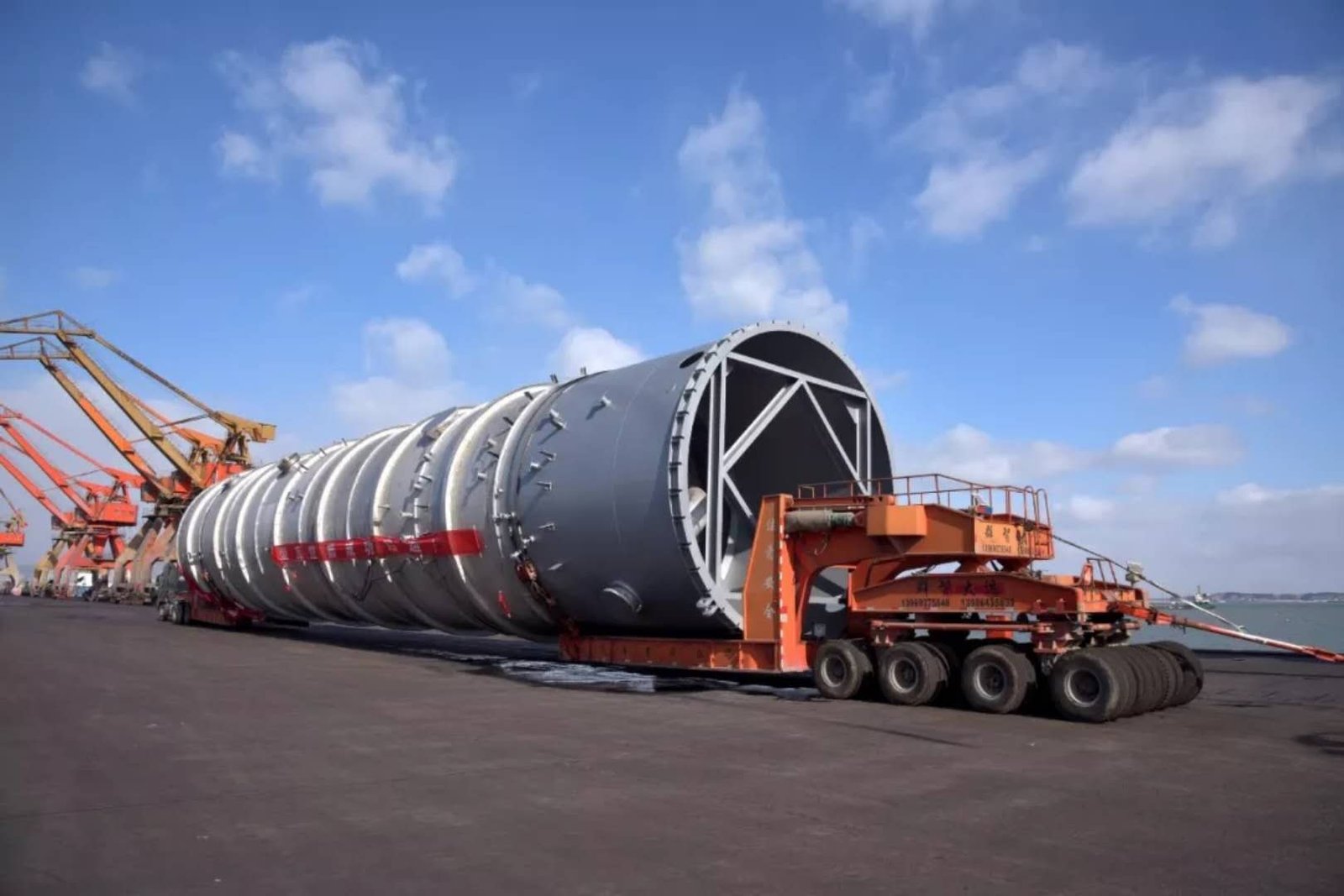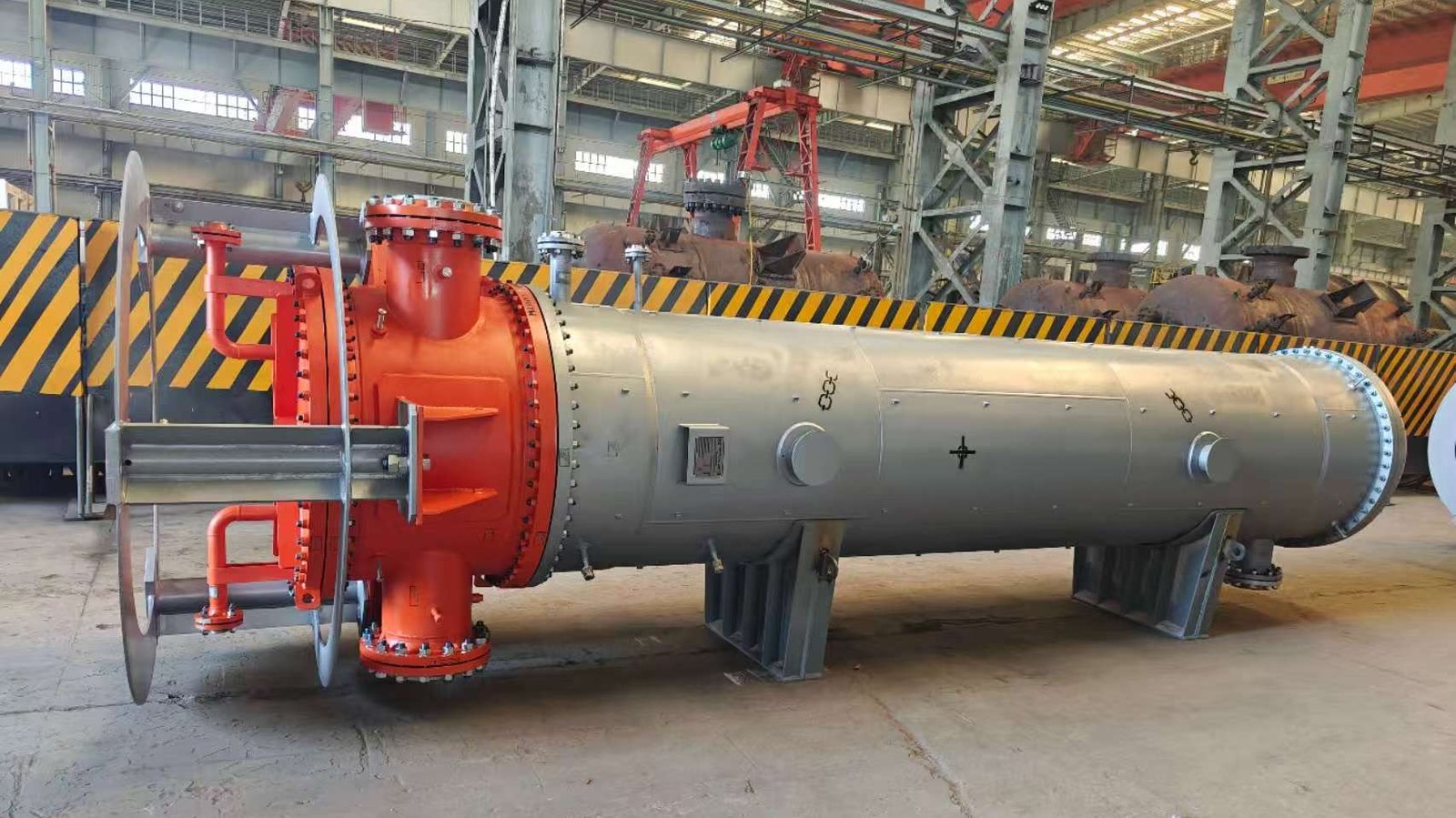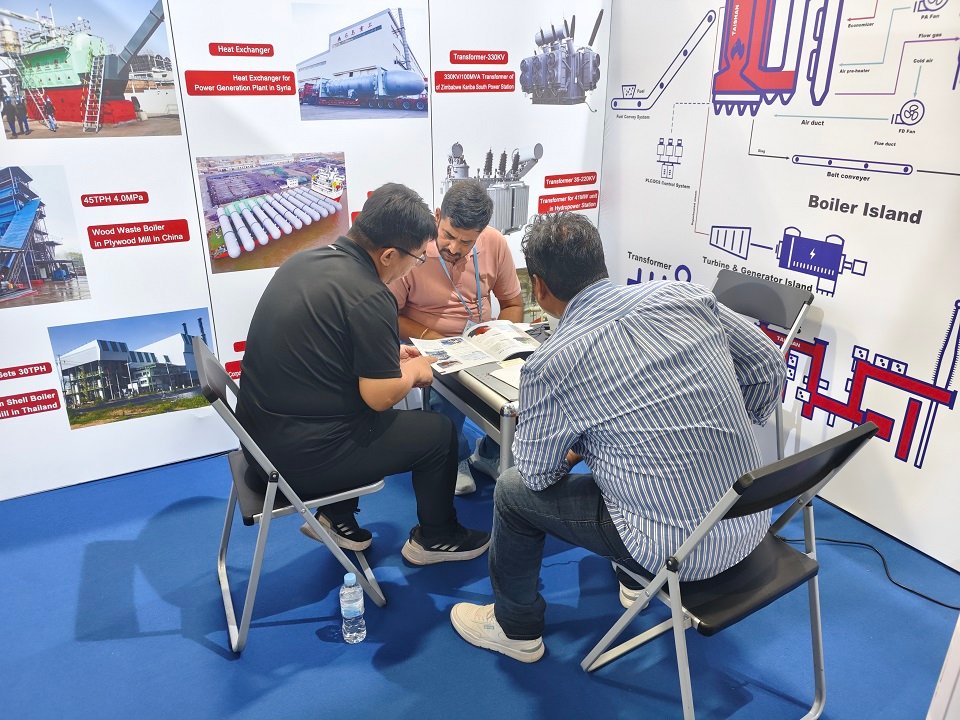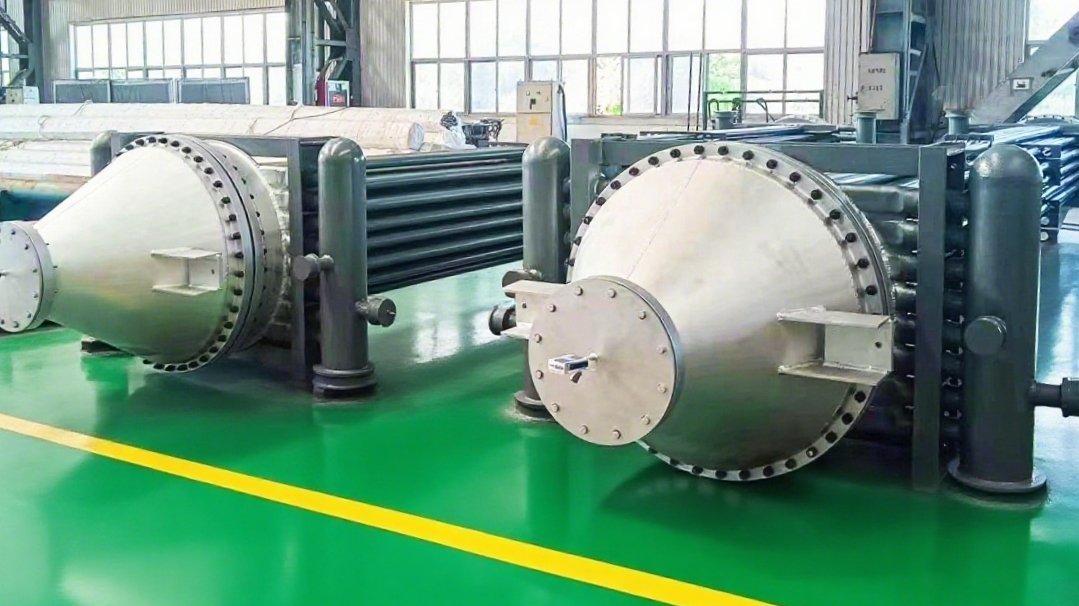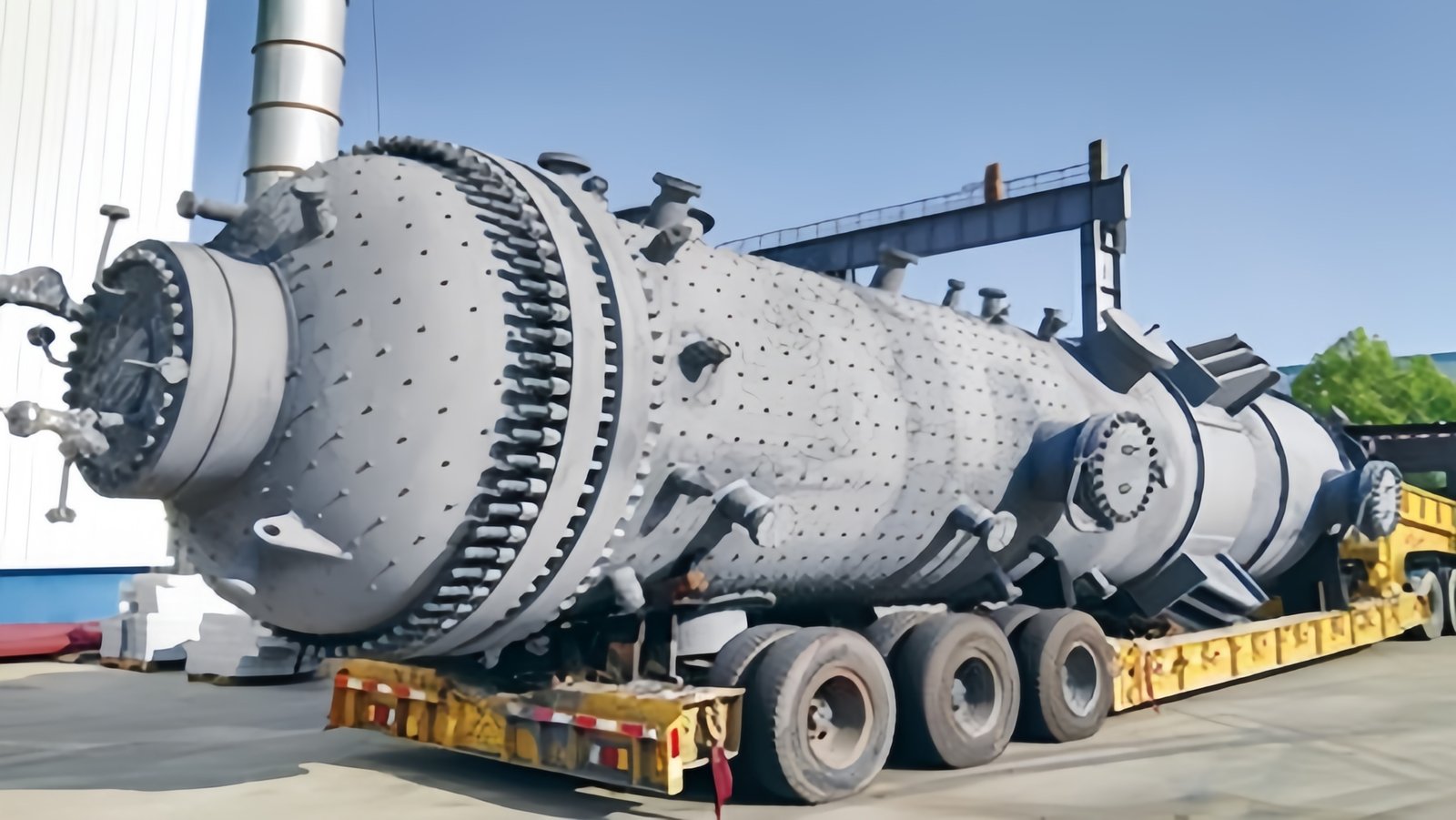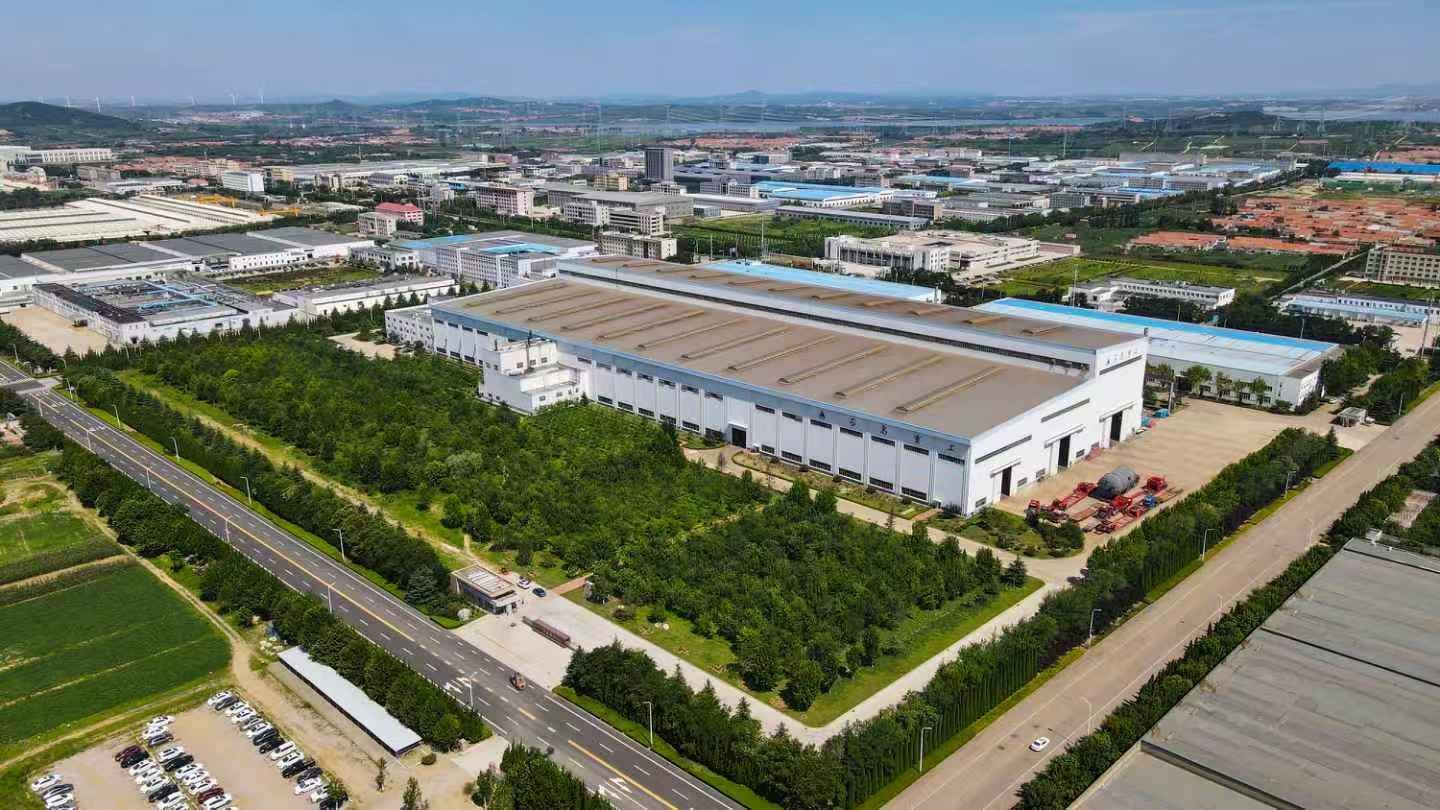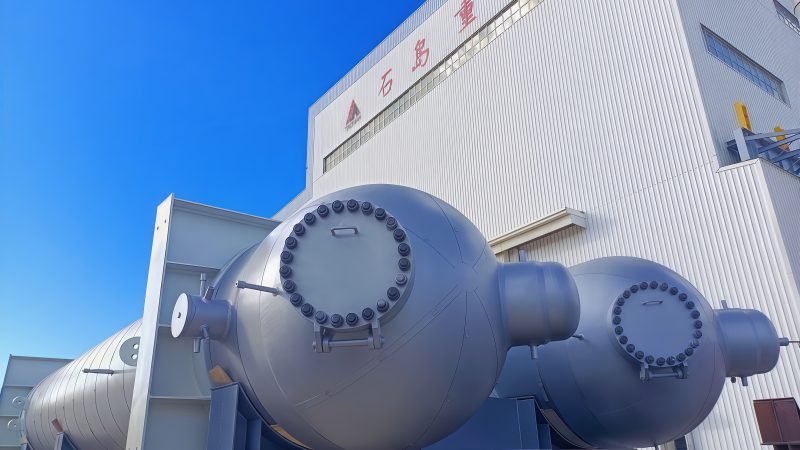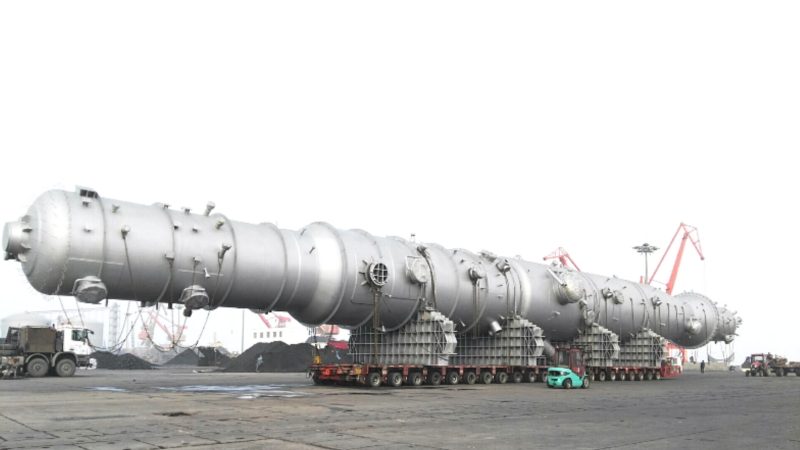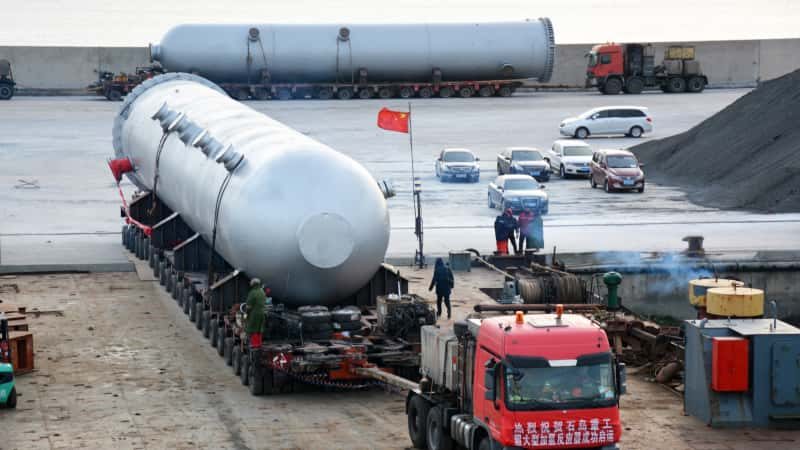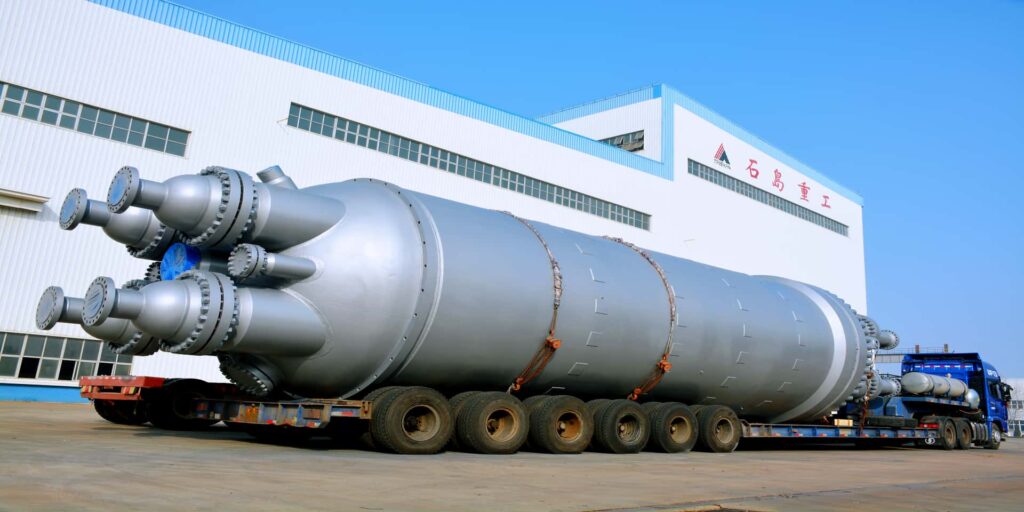
In industries that rely on heating, cooling, storing, or reacting chemical substances, controlling pressure is a fundamental requirement. Without pressure vessels, many of these operations would be unsafe, inefficient, or impossible. The consequences of failing to use proper pressure containment include catastrophic explosions, environmental contamination, and significant downtime. Fortunately, pressure vessels are engineered to tackle these challenges, providing safe, efficient environments for pressurized processes across a multitude of sectors.
Pressure vessels are used to store, process, or transport gases and liquids under high or vacuum pressure in industries such as oil & gas, chemical manufacturing, energy generation, pharmaceuticals, and food processing. They serve as essential components in reactors, separators, heat exchangers, steam boilers, autoclaves, and compressed gas storage systems.
From your home water heater to nuclear reactor containment, pressure vessels are central to many unseen yet critical applications. Read on to explore how they’re used in various industries, their specific functions, and how they’re tailored to withstand extreme conditions.
\
Pressure vessels are used for heating, cooling, storing, and processing materials under pressure.True
Pressure vessels facilitate a wide range of industrial processes by enabling the controlled handling of fluids or gases at pressures different from ambient.
Primary Uses of Pressure Vessels by Industry
| Industry | Common Pressure Vessel Applications | Purpose |
|---|---|---|
| Oil & Gas | Separators, surge tanks, flare knock-out drums | Separate oil, gas, and water; pressure control |
| Chemical Processing | Reactors, autoclaves, distillation columns | Facilitate high-pressure reactions |
| Power Generation | Steam boilers, steam drums, heat exchangers | Generate and manage steam for turbines |
| Food & Beverage | Pasteurizers, carbonation tanks, sterilizers | Sanitize, carbonate, and store products |
| Pharmaceuticals | Fermenters, pressure filters, lyophilizers | Maintain sterile high-pressure environments |
| Aerospace | Composite overwrapped pressure vessels (COPVs), fuel tanks | Store propellants or high-pressure gases |
| Water Treatment | Membrane housings, backwash filters | Purify and desalinate water under pressure |
Pressure vessels are customized based on the process they serve—whether that’s sustaining reactions at 2,000 psi or gently carbonating a beverage at 30 psi.
Types of Pressure Vessels Based on Function
| Type | Description | Typical Pressure Range |
|---|---|---|
| Storage Vessels | Hold gases or liquids (e.g., LPG, nitrogen, ammonia) | 50–3,000 psi |
| Reactors | Enable chemical reactions under controlled pressure/temperature | 100–10,000 psi |
| Heat Exchangers | Transfer heat between two fluids in pressurized systems | 100–1,500 psi |
| Boilers | Generate steam from water using heat and pressure | 15–3,000 psi |
| Autoclaves | Sterilize equipment or cure composites under pressure | 15–500 psi |
| Accumulators | Store pressurized fluid for hydraulic systems | 200–6,000 psi |
Each type is governed by strict design codes, such as ASME Section VIII, EN 13445, or PED (EU) standards.
Detailed Breakdown: How Pressure Vessels Are Used
1. Chemical Industry: High-Pressure Reactors
Chemical reactors are one of the most complex pressure vessels in use. They facilitate endothermic and exothermic reactions under high pressure to increase yield and reduce reaction time.
Case Study Example:
In methanol production, carbon monoxide and hydrogen react under 75–100 bar (1,100–1,450 psi) at elevated temperatures. The vessel must withstand:
- Cyclic stress from temperature and pressure changes
- Corrosion from reactive gases
- Catalyst loading weight
To ensure safety and efficiency, these reactors are fabricated with chromium-molybdenum steel and internal nickel linings.
2. Oil & Gas Sector: Separator Vessels
Three-phase separators divide oil, gas, and water extracted from wells using gravity under pressure.
| Separation Phase | Design Parameters |
|---|---|
| Oil | Moderate viscosity, low density |
| Water | Heaviest, drains to bottom |
| Gas | Rises to top under pressure |
These vessels operate at pressures between 500–2,000 psi and must be explosion-proof, with safety valves and level indicators.
3. Power Plants: Steam Boilers
Boilers convert water to steam using heat from burning coal, gas, or nuclear reactions. The pressurized steam turns turbines to generate electricity.
| Boiler Type | Operating Pressure (psi) | Material |
|---|---|---|
| Subcritical Boiler | 1,500–2,400 | SA-516 Steel |
| Supercritical Boiler | >3,200 | Alloy steel |
Boiler pressure vessels include features like drum separators, economizers, and blowdown systems.
Visualization: Pressure Vessel Design vs. Application
| Parameter | Chemical Reactor | Boiler Steam Drum | Storage Tank (LPG) |
|---|---|---|---|
| Operating Pressure | 1,000–10,000 psi | 1,500–3,000 psi | 100–250 psi |
| Internal Components | Agitators, baffles | Risers, downcomers | None |
| Material Type | Alloy, cladded steel | Alloy steel | Mild steel with coating |
| Safety Features | Relief valve, rupture disk | Safety valves | PRV, excess flow valve |
| Inspection Frequency | Annual + Shutdown-based | Scheduled intervals | 5–10 years per standard |
This comparison illustrates how design varies with use-case but all vessels share the need for pressure management and structural integrity.
Compliance and Design Standards
| Code/Standard | Governing Region | Application Area |
|---|---|---|
| ASME Section VIII | USA, International | All pressure vessel types |
| EN 13445 | EU | Unfired pressure vessels |
| PED (Pressure Equipment Directive) | EU | Design and CE Marking |
| IS 2825 | India | Boilers and pressure vessels |
| GB150 | China | General pressure vessels |
Design software such as PV Elite, Compress, or AutoPIPE helps engineers analyze stresses and ensure compliance.
Conclusion
Pressure vessels are not just specialized containers—they are mission-critical components in countless applications across science, industry, and energy. From generating steam to storing explosive gases, they allow processes that operate beyond the capabilities of ambient pressure and atmospheric systems.
Contact Us for Engineering-Grade Pressure Vessels
Whether you need a standard ASME air receiver or a custom-built high-pressure reactor, we offer world-class fabrication, design consultation, and certification. Get in touch today to find the perfect solution for your pressurized process needs.


